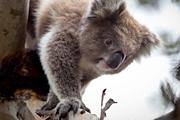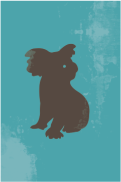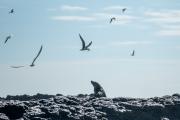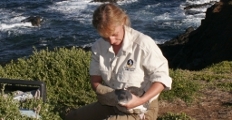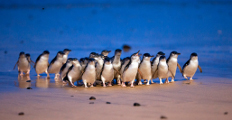New research into treating mange in koalas
A team of scientists is undertaking a study to treat mange infections in koala populations, testing whether a simple, single dose of a drug used to successfully treat the skin disease in wombats could also be administered to koalas.
Rates of mange infection have risen in certain parts of Victoria and South Australia. It is hoped this research will support further medical conservation efforts around the country.
This new research will draw on the expertise of leading koala scientists to determine whether BravectoTM (Fluralaner) can be administered to suffering koalas.
The information will be used to recommend to veterinarians and wildlife carers the most effective dosage rate for BravectoTM, with the hope that koalas will only have to be treated once to minimise stress.
Prof. David Phalen from the University of Sydney School of Veterinary Science said mange is a terrible disease creating significant animal welfare concerns.
“The purpose of this joint investigation is to develop an effective and minimally stressful treatment for mange in koalas that can be used by veterinarians and wildlife carers,” Prof. David Phalen said.
Jessica McKelson, Conservation Manager at Phillip Island Nature Parks, said this project will provide a better understanding of required health and medical care to support rehabilitation of rescued koalas and koalas in the wild.
“At the Koala Conservation Reserve, we see our role as protecting, growing and supporting wild koalas and that’s why we are excited to be a part of this project to help ensure their long-term survival,” she said.
The research is being led by the University of Sydney in partnership with Phillip Island Nature Parks, Zoos Victoria, and the University of Tasmania, thanks to a $750,000 grant for a range of koala health research projects from the Australian Government.







